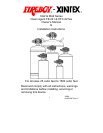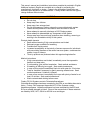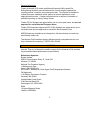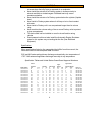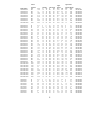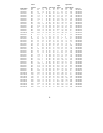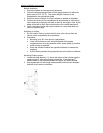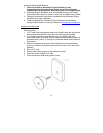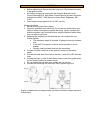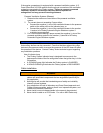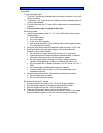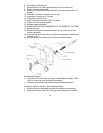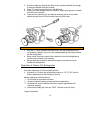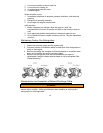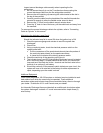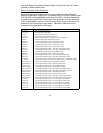
2
This owner’s manual and installation instructions pamphlet is provided in English.
Additional copies in English are available at no charge by contacting the
manufacturer, distributor or dealer. Copies in the language of destination are
available upon request for an additional fee. Fireboy-Xintex reserves the right to
change features without notice.
WARNING:
• Do not handle by actuator
• Do not drop
• Keep away from children
• Keep away from extreme heat
• Do not discharge any Fireboy automatic or manual/automatic system
unless securely fastened in accordance with the owner’s manual
• Never attempt to manually discharge a CG2 Fireboy system
• Never attempt to disassemble any component of this system
• Always wear eye, face and body protection when installing, removing or
working in the immediate vicinity of this system
Principle health hazards
• Death without warning if high concentrations are inhaled
• Reduced oxygen available for breathing
• Frostbite from liquid contact
• Increased susceptibility to the toxicity of excess exposure for individuals
with pre-existing diseases of the central nervous system, cardiovascular
system, lungs or kidneys
• Toxic by-products are produced when this agent extinguishes fire
Medical instructions
• If high concentrations are inhaled, immediately move the exposed to
fresh air and keep calm
• If not breathing, give artificial respiration. Seek medical assistance
• If breathing is difficult give oxygen. Seek medical assistance
• In case of skin contact immediately flush skin with water for 15 minutes
• Treat for frostbite if necessary by gently warming affected area. Seek
medical assistance if irritation is present
• In case of eye contact, immediately flush eyes with plenty of water for at
least 15 minutes. Seek medical assistance
• Wash contaminated clothing before reuse
Fireboy FE-241 Systems contain Chlorotetrafluoroethane.
Chlorotetrafluoroethane has been accepted by the EPA as a suitable alternate to
Halon. Fireboy FM Component Approved HFC-227ea Systems contain
Heptafluoropropane. Heptafluoropropane has been accepted by the EPA and
EU as a suitable alternate to Halon. None of the components in these materials
are listed by IARC, NPT, OSHA or ACGIH as a carcinogen.



